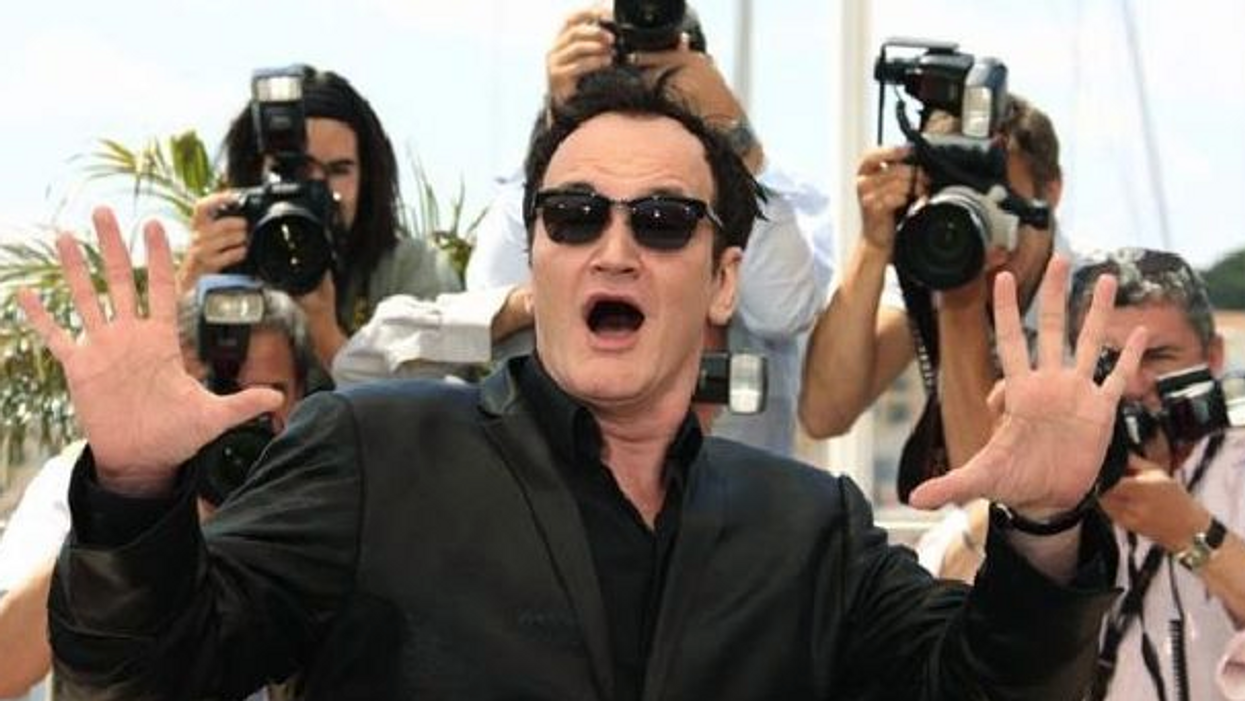How Quentin Tarantino's "Spirit On Set" Breeds Success
Actor Scoot McNairy offers insight into how Quentin Tarantino's process makes his movies stand apart.

Quentin Tarantino has always been an anomaly. Though he'd been working already, he burst into the mainstream consciousness with Pulp Fiction, leaving an indelible mark on the culture with that singular movie that captured or created, a cultural moment.
A tough act to follow, and many great artists and filmmakers have been crushed beneath the weight of such bombastic beginnings.
QT, however, continues to carve his own unique path. One that includes miscues, experiments, Oscar wins, but most of all... a good time?
"There’s a certain spirit on set, where everybody there wants to be there, and is excited to be there, and they love what they’re doing, and they’re excited about the project. That’s just really contagious."
Which brings us to the intel Collider got from Scoot McNairy, who co-stars in Tarantino's latest Once Upon a Time in Hollywood alongside Brad Pitt and Leonard DiCaprio.
In McNairy's words, "All of Quentin’s movies, I feel, are so different, in so many ways, but they’re all so great because they’re done by such a great filmmaker. I think this one definitely stands alone, within his expertise of making movies. Honestly, the experience on set was so great and so fascinating to me that what I got most out of it was the time that I was able to spend there, working with all them, and working with this tight knit crew. It was just great. I wish all movies were made the way that Quentin makes them. There’s a certain spirit on set, where everybody there wants to be there, and is excited to be there, and they love what they’re doing, and they’re excited about the project. That’s just really contagious. Also, his process and the way that he does it, I’ve never been on a set like that in my life. It feels like you’re making movies from the 1930’s. It the organic, raw, way of making films, where everything is in camera. He doesn’t even have a monitor. He just stares at you, next to the camera. It’s fascinating."
He goes on to add, "[Once Upon a Time in Hollywood] was probably one of the greatest experiences of my career. Just to watch Quentin be on set and be Quentin, and hold court, was one of the most fascinating things I have probably ever experienced in the movie business. It was an amazing, awesome experience. I would give anything to do it again. I really loved just listening to the guy be an encyclopedia on set. It’s incredible, the amount of information that guy stores in his head."
It doesn't come as a huge surprise that Tarantino's sets are fun, we've had reports of this from the past. Including this awesome video from way back showcasing 2nd AC Geraldine Brezca's humor on set:
It feels like it goes beyond the run of the mill blooper reels, or outtakes. You can feel the fun of the process.
While Tarantino is certainly considered a modern auteur, he seems to recognize the team effort involved in the filmmaking process. His collaborators love to work along side him, learn from him, and have fun creating with him. The tight knit crew is a rarity, and something anyone whos' logged time on set knows makes a difference.
It takes a village, or in this case, a crew.
"It was an amazing, awesome experience. I would give anything to do it again."
Making movies is the realization of a dream, for most of the people involved but also for all of us in the filmmaking community. In a sense, we owe it to one another to enjoy the process as much as possible. Whether we're working on set, or just going to the movies.
"It feels like you’re making movies from the 1930’s. It the organic, raw, way of making films, where everything is in camera. He doesn’t even have a monitor. He just stares at you, next to the camera. It’s fascinating."
That love of the process is palpable. Hollywood can be a place weighed down by high stakes and negative temperments. Didn't we come here to have fun? Aren't we providing entertainment and escape? Tarantino seems to think so, and he keeps the vibe that way on set. It's a little filmmaking trick of his that we can all learn from and hopefully bring into our own processes. The results of which certainly show up on the screen.
Source: Collider

 "'Back Home"via Mercedes Arutro
"'Back Home"via Mercedes Arutro 'Back Home'via Mercedes Arutro
'Back Home'via Mercedes Arutro 









